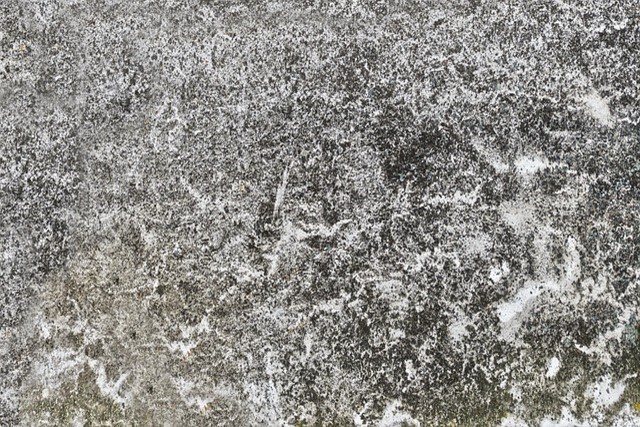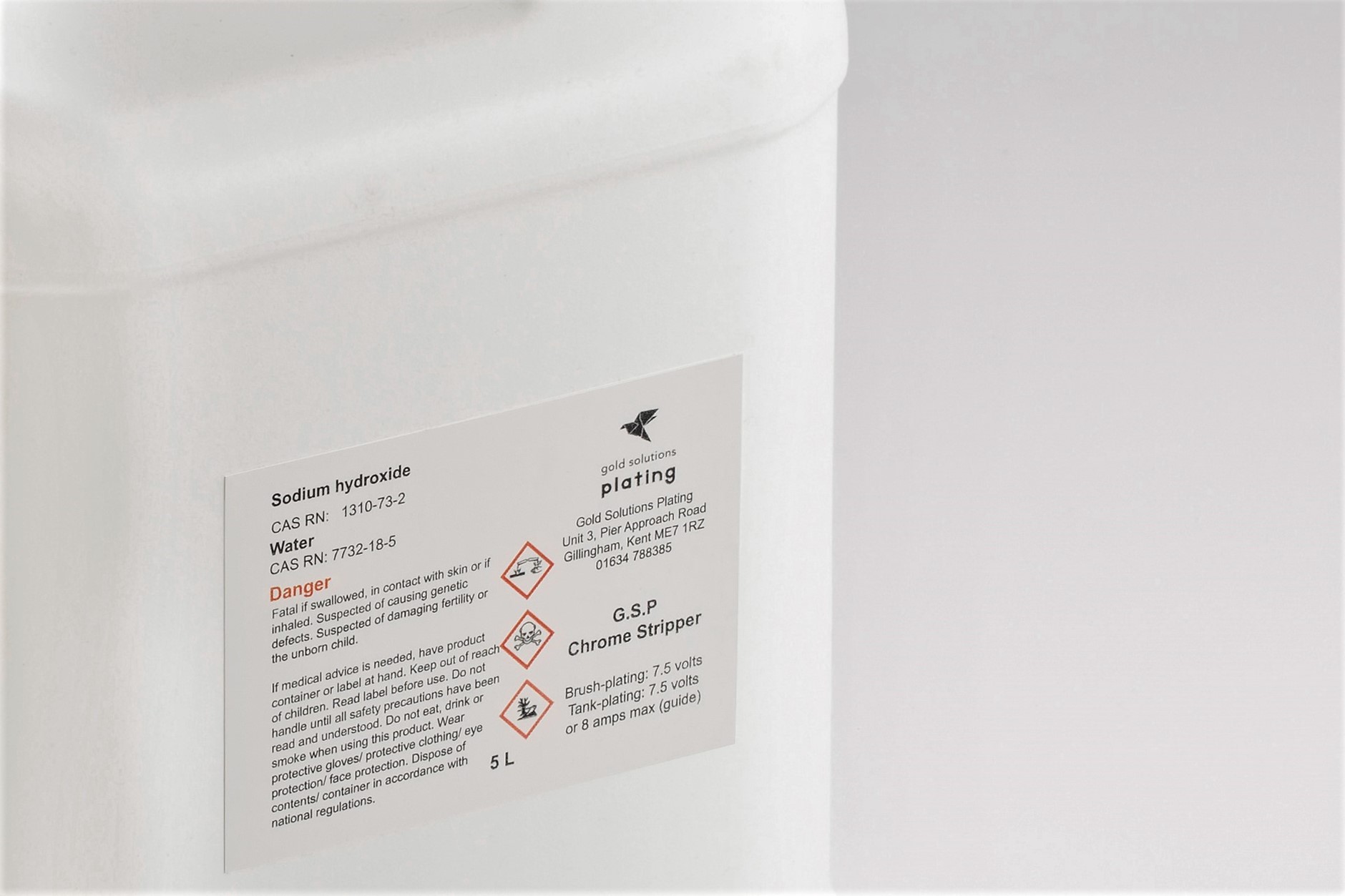
You’ll find lots of articles on our site and on other websites which give advice about commonly asked plating questions, but I thought that today I would cover some things that I have picked up in my plating experience that as far as I can tell, are not covered anywhere else.
If you have any further questions that you are struggling to find the answer to, please let us know and we will try to cover them in future blog posts.
1. Proper rinsing technique between plating stages

The best way to rinse is by using a pump-action pressure spray gun (commonly found in garden centres for around £10.00). This way, when you spray the item there is enough continual force to push all traces of previous chemicals off the item and it guarantees no cross-contamination, preserving your solutions. Rinsing by lowering into a tank is fine if you just want to get the bulk of the previous chemical off, but it should at least be followed by spraying with the spray gun.
Top tip about spray guns: when refilling after use, be sure to do this in the following order – unscrew the top (head section), squeeze the trigger for ten seconds to expel any water trapped in the system, refill with deionised water up to the fill line and then replace the head. If you do not squeeze the trigger after removing the head, you may find that the water refuses to spray out even when it has been pumped.
2. Electroforming textured plastic

When electroforming a wide range of plastics, your goal of a mirror-smooth finish can be somewhat hampered by a particular sandy texture that certain plastics seem to have. I do not know if this is a deliberate design feature or just a characteristic of the casting dyes, but it results in a fine gritty surface. If you simply paint and electroform this (and we will use a typical six hour electroforming time as an example), then it can cause a smooth but somewhat wobbly reflection. What is happening here is that the electroforming copper contains levellers which allow it to plate smoothly but there is a limit to this, otherwise you would lose fine detail (which we do not want to do!)
The size of the grit on certain plastics is such that it is comparable to the size of details that electroforming solution is designed not to eradicate. You have two options here, one option is to literally electroform for as long as it takes to fully smooth these over but it is often far more practical to sand the plastic smooth before painting.
3. Chrome stripping in a tank

Lots of people know about the fact that when you chrome strip using the brush plating method, it turns your swabbing yellow (which is a sign of the chrome coming off the part and onto your swabbing). Many people also know that you can exploit this when brush plating to tell if you have removed all the chrome. However, when you are stripping items in a tank, it starts to turn the whole tank yellow (this is normal), so the question is: how can you tell if you have stripped the item fully?
The best way is to look closely at the item in the tank and see if there are areas populated by bubbles and areas where no bubbles form. The areas where bubbles form, are literally patches of the underlying nickel exposed to the chrome stripper. Where chrome still remains on the surface, bubbles will not form. So, once your item is encased fully in bubbles, it is a good idea to leave it in for a few more minutes but it should be fully stripped.
So, whilst I haven’t covered anything major in this post, these are all small details that can either save a lot of work or improve results. Just remember you heard them here first!
In short, rinsing involves a little more than simply dunking, get your hands on a pump-action pressure spray gun for a more through job. When plating plastics, watch out for gritty textures that might spoil your finished work and make sure to sand your items smooth for best results. Finally, when chrome stripping in a tank, you are looking for lots of bubbles as an indication that you have removed all of the chrome.
I hope that these tips are useful, please get in touch if you have any other questions that you are struggling to find the answers for, and I will try to cover them in a future blog post. Until next time!

